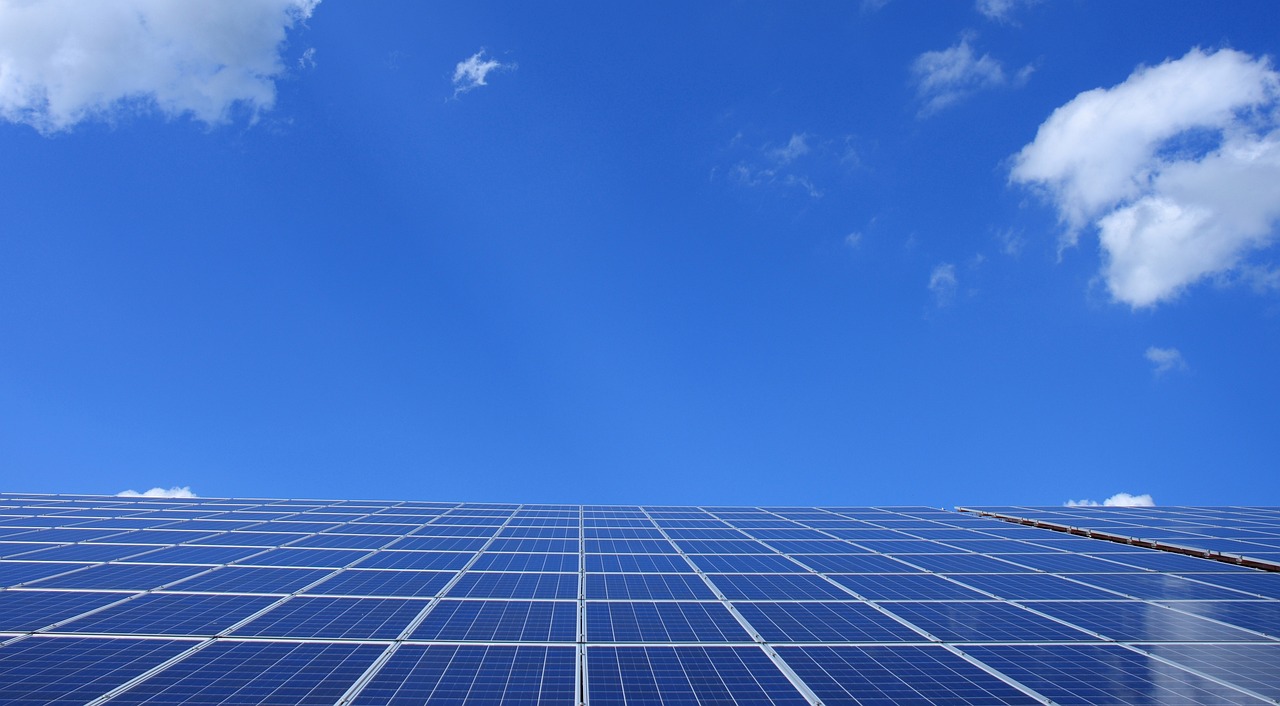Comprehensive Proposal: Solar-Powered Desalination Project in Botswana
Executive Summary
Agriculture in Botswana is heavily reliant on rainfall, making it vulnerable to unpredictable rainfall patterns, prolonged droughts, and dry seasons. The country also faces severe water scarcity due to arid conditions, unreliable rainfall, and an overreliance on saline groundwater, with 38% of groundwater sources unsuitable for human consumption. Areas like Gweta, Nata, Molepolole, Kanye, and Ramotswa suffer due to their limited water resources. Additionally, other areas are grappling with salty, contaminated water that poses health risks. This proposal presents a pilot initiative to implement solar-powered reverse osmosis desalination technology, utilizing Botswana’s abundant solar resources to produce clean drinking water for underserved communities. The pilot system will provide 2,000 liters of potable water daily, benefiting 200 residents in the affected regions.
This project aligns with Botswana’s Vision 2036 and the United Nations Sustainable Development Goals (SDG 6: Clean Water and Sanitation, SDG 7: Affordable and Clean Energy). It also promotes community empowerment through a co-ownership model, capacity-building programs, and environmental sustainability by repurposing brine waste. By scaling this initiative, the project aims to address water challenges across Botswana and beyond.
Project Background and Justification
Water Scarcity in Botswana
Botswana’s semi-arid climate and average annual rainfall of 416 mm make it one of the most water-stressed nations globally. Over 70% of the population relies on groundwater, which is increasingly affected by salinity and contamination.
- Health Impacts: Communities relying on untreated water sources face heightened risks of waterborne diseases, particularly cholera and diarrhea.
- Economic Costs: Water scarcity reduces agricultural productivity and imposes high costs on water transport and treatment.
- Social Inequalities: Rural areas, where women and children often bear the burden of water collection, are disproportionately affected.
Solar-Powered Desalination as a Solution
Botswana experiences 5.8 kWh/m²/day of solar radiation, making solar-powered solutions cost-effective and sustainable. Reverse osmosis desalination, powered by solar energy, addresses the dual challenges of salinity and accessibility while ensuring minimal environmental impact.
Case-Study:
In Cape Verde, a similar project utilizing solar-powered desalination provided clean water to over 1,000 residents, reducing the prevalence of waterborne diseases by 40% and cutting reliance on expensive diesel generators.
Project Objectives
- Daily Water Production: Deliver 2,000 liters/day of clean water in the pilot phase, scaling to 20,000 liters/day across five communities by 2030.
- Community Empowerment: Train and employ 10 local technicians, ensuring 50% female participation in technical and governance roles.
- Environmental Sustainability: Repurpose at least 70% of brine waste for agriculture or industrial uses, minimizing ecological harm.
- Scalability and Replication: Establish a modular framework for scaling the project across Botswana and Southern Africa.
Technical Approach
Desalination Technology
- Reverse Osmosis (RO): Filters saline water, achieving 98% salt rejection with a recovery rate of 50%.
- Pre-treatment: Removes particulates and biological contaminants.
- Post-treatment: Re-mineralizes water for safe consumption.
Solar Power System
- Photovoltaic Array: 15 kW panels with a lifespan of 25 years.
- Energy Storage: 20 kWh lithium-ion batteries ensure uninterrupted operation during cloudy conditions.
Brine Management
● Reuse Strategies:
○ Salt extraction for industrial use.
○ Irrigation of salt-tolerant crops such as barley and halophytes.
Water Distribution
- Storage Tanks: 5,000-liter capacity for backup supply.
- Distribution Points: Network of community water stations within a 5 km radius.
Implementation Plan
Site Selection
The pilot phase will be implemented in Mmathubudukwane, Kgatleng District, based on:
- High reliance on saline groundwater.
- Population of 1,000 residents, ensuring the pilot system serves at least 20%.
- Willingness to engage in co-ownership and governance.
Timeline
| Phase | Duration | Key Activities |
|---|---|---|
| Site Preparation | Months 1–3 | Land acquisition, community consultations. |
| Construction | Months 4–8 | Installation of solar panels and RO systems. |
| Training | Months 9–10 | Technician and governance training. |
| Testing and Launch | Month 11 | System performance testing and commissioning. |
Environmental and Social Impact
Environmental Impact
- Carbon Reduction: Offsets 30 metric tons of CO₂ annually compared to diesel-powered desalination.
- Waste Mitigation: Brine repurposing reduces disposal challenges and environmental degradation.
Social Impact
- Health Improvements: Reduces waterborne disease rates by 50%.
- Gender Equity: Ensures women’s participation in decision-making and technical roles.
- Job Creation: Employs 10 residents during the pilot phase, with long-term local employment opportunities.
Budget and Financial Analysis
Cost Breakdown
| Category | Cost (P) | Justification |
|---|---|---|
| Solar Power System | P150,000 | Panels, batteries, inverters. |
| Reverse Osmosis Equipment | P100,000 | Filters, pumps, and re-mineralization units. |
| Construction and Installation | P90,000 | Labor, materials, and site preparation. |
| Training and Engagement | P80,000 | Community workshops and technician training. |
| Monitoring and Evaluation | P10,000 | IoT systems, surveys, and audits. |
| Contingency Fund | P40,000 | Covers unforeseen expenses. |
| Total | P470,000 |
Risk Assessment and Mitigation
Risk
Technical Failures
Governance Challenges
External Risks (e.g., Weather)
Brine Disposal Challenges
Mitigation Strategy
Regular maintenance and spare parts stockpiling.
Establish clear legal frameworks for co-ownership models.
Include energy storage and backup systems.
Partner with agricultural cooperatives for reuse.
Monitoring and Evaluation Plan
● Key Metrics:
○ Daily water production.
○ Reduction in waterborne diseases.
○ Community satisfaction levels.
● Tools:
○ IoT-enabled monitoring for real-time performance tracking.
○ Baseline and follow-up health surveys.
Conclusion
The Solar-Powered Desalination Project offers an innovative, sustainable, and scalable solution to Botswana’s water crisis. By integrating solar energy, advanced desalination, and community co-ownership, this project ensures long-term impact, empowering underserved communities while addressing urgent water needs. We seek P470,000 to fund the pilot phase, laying the foundation for nationwide and regional scalability. This initiative positions Botswana as a leader in renewable water technologies, demonstrating a replicable model for other water-stressed nations.


